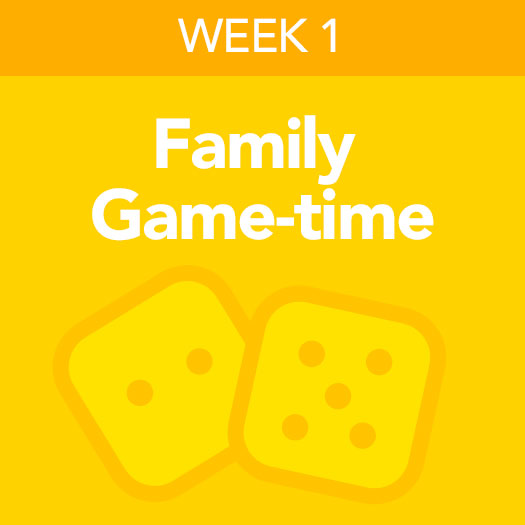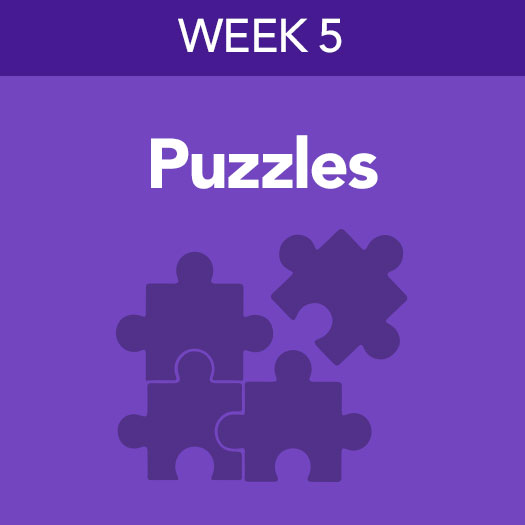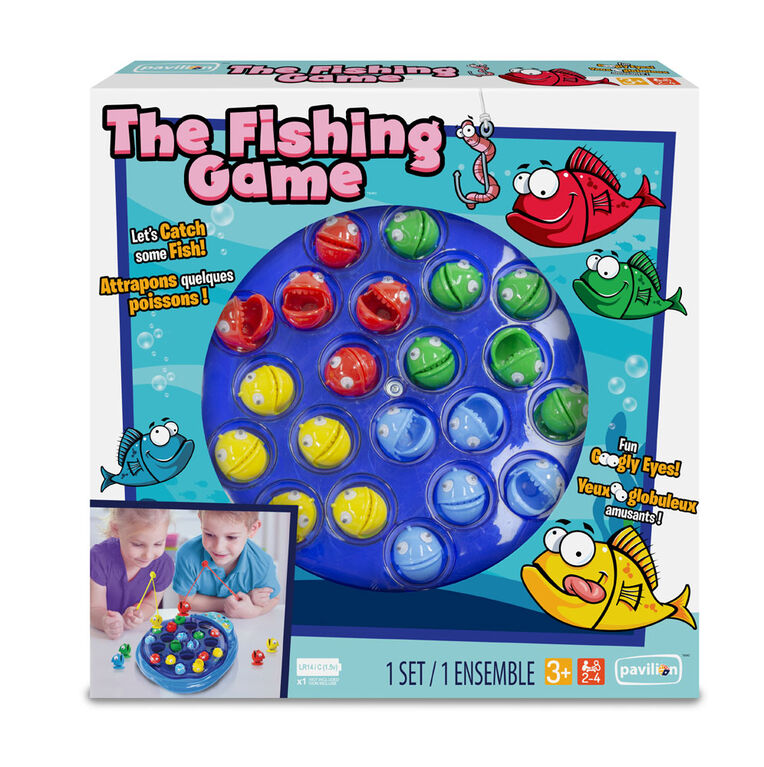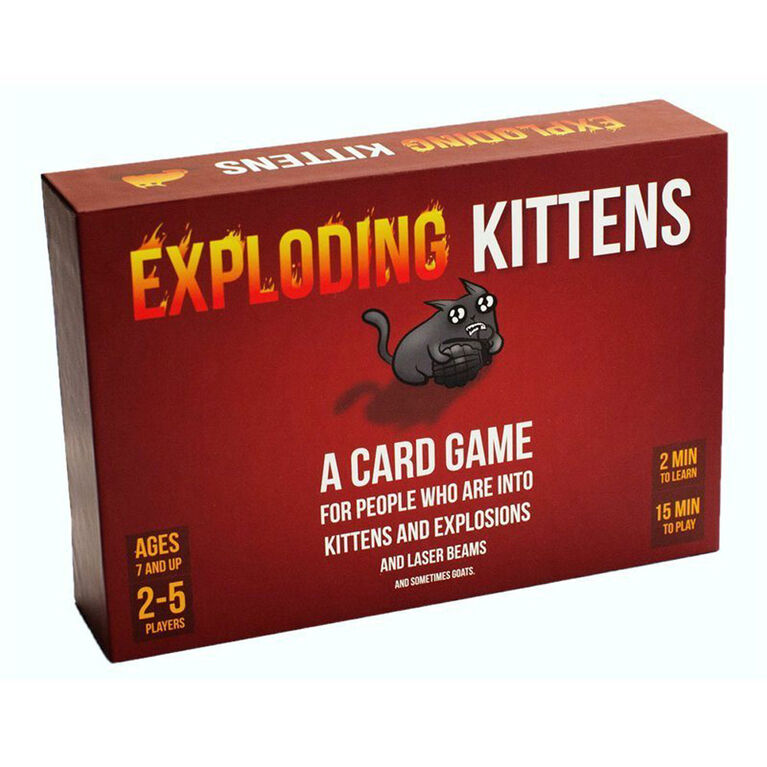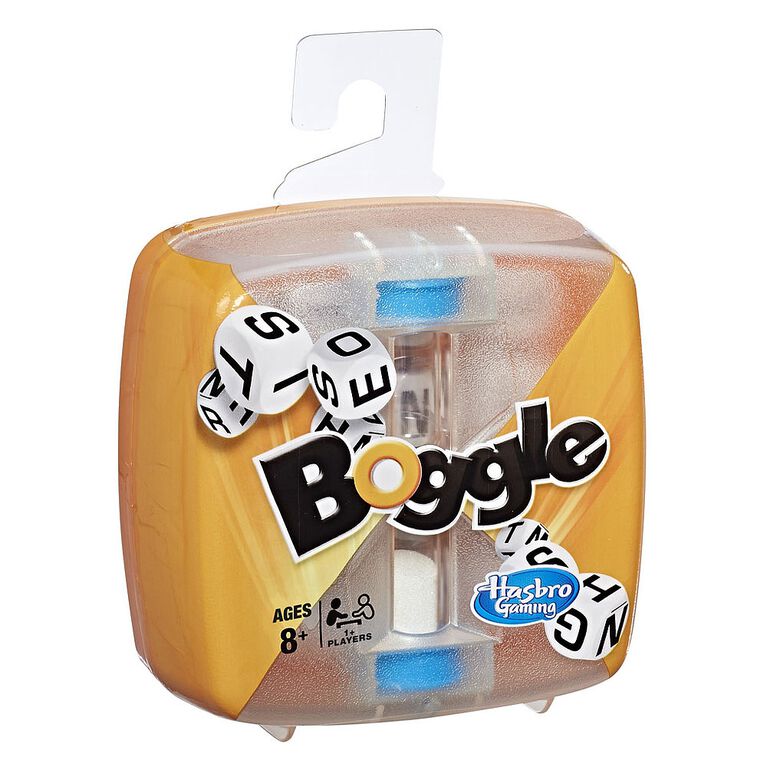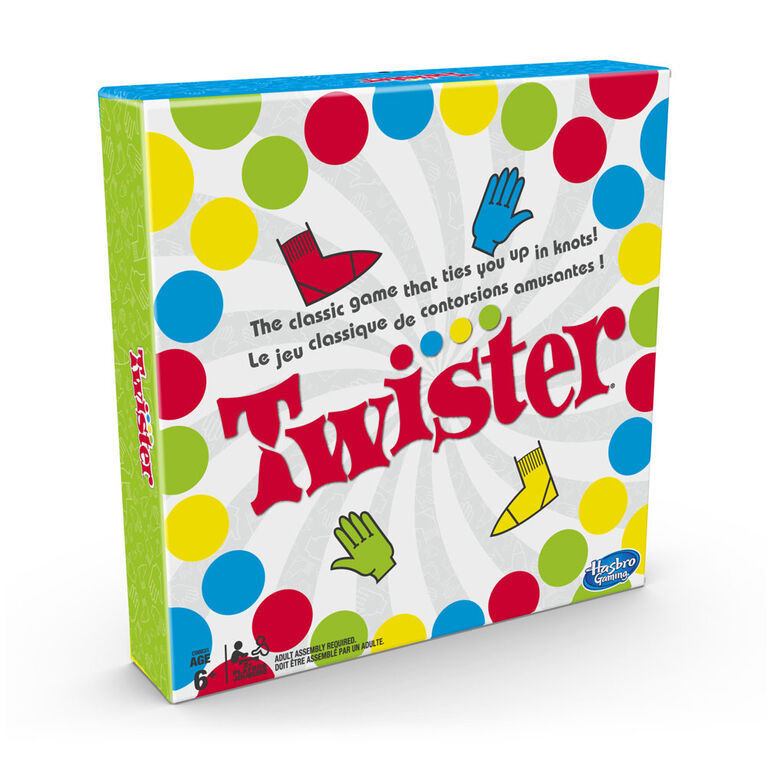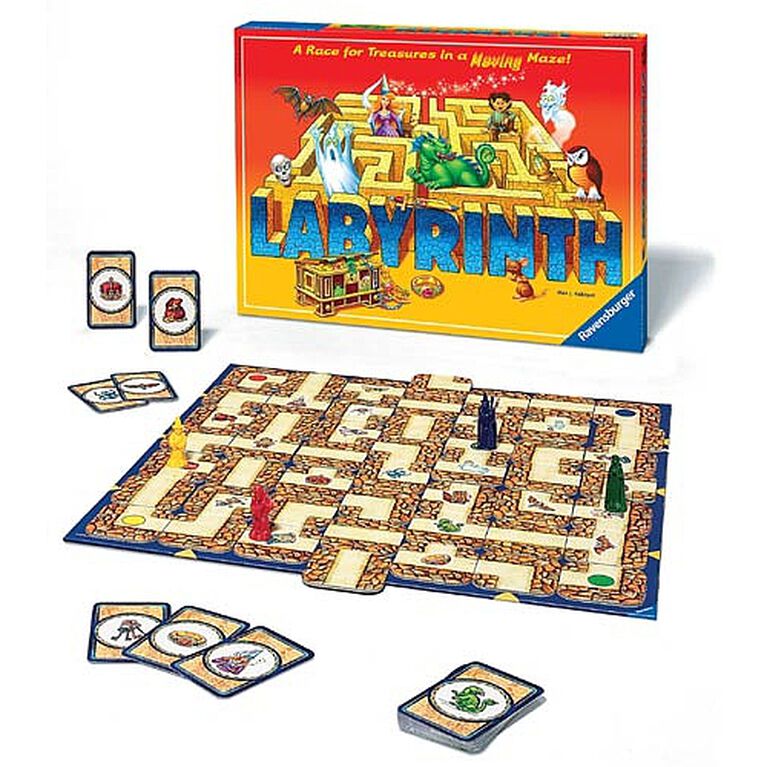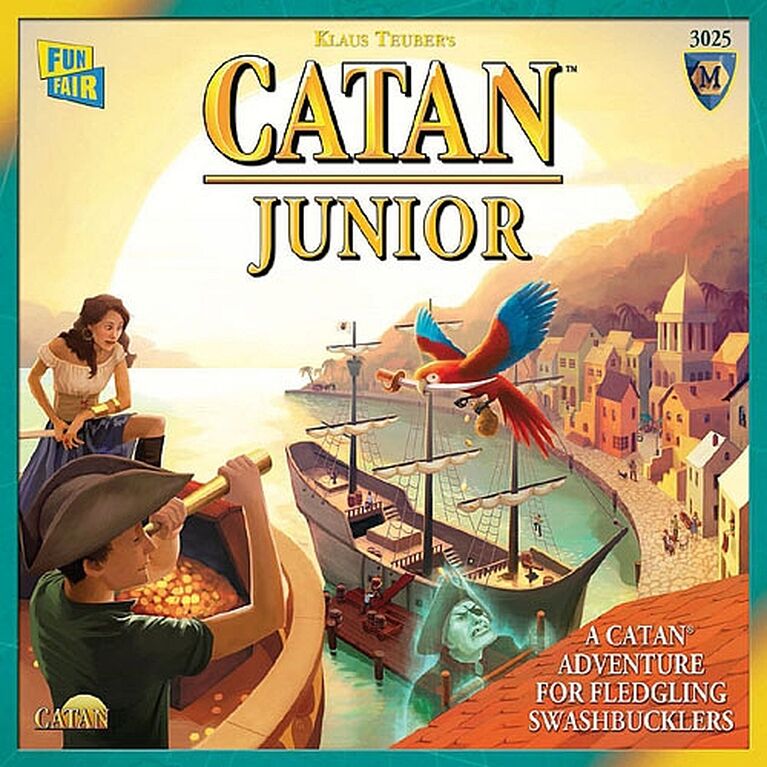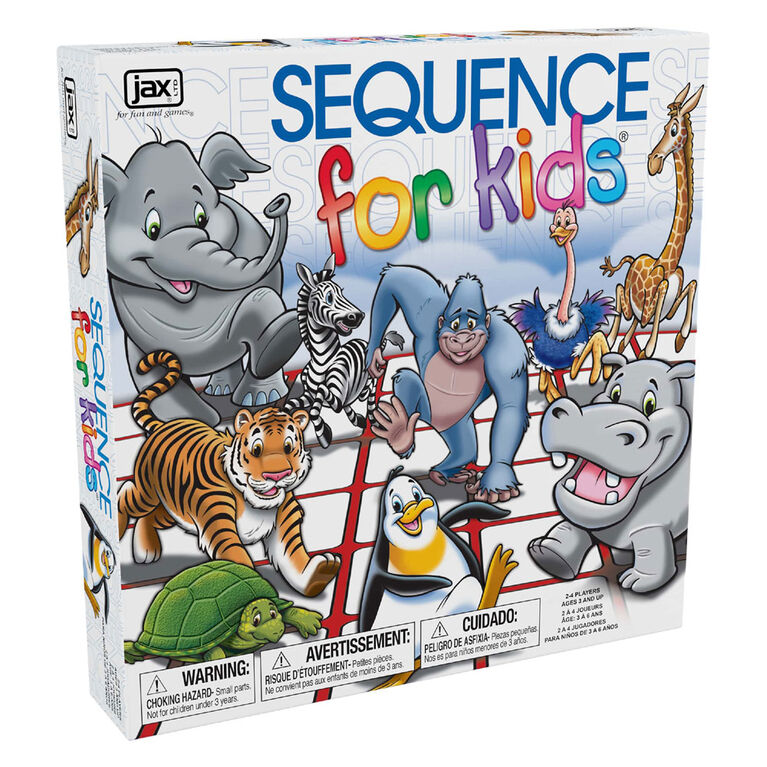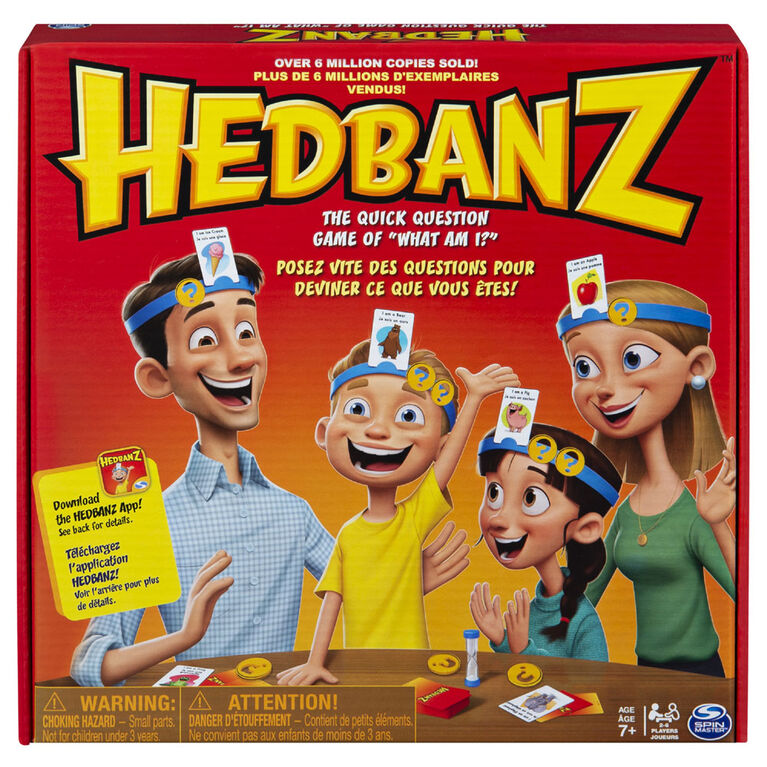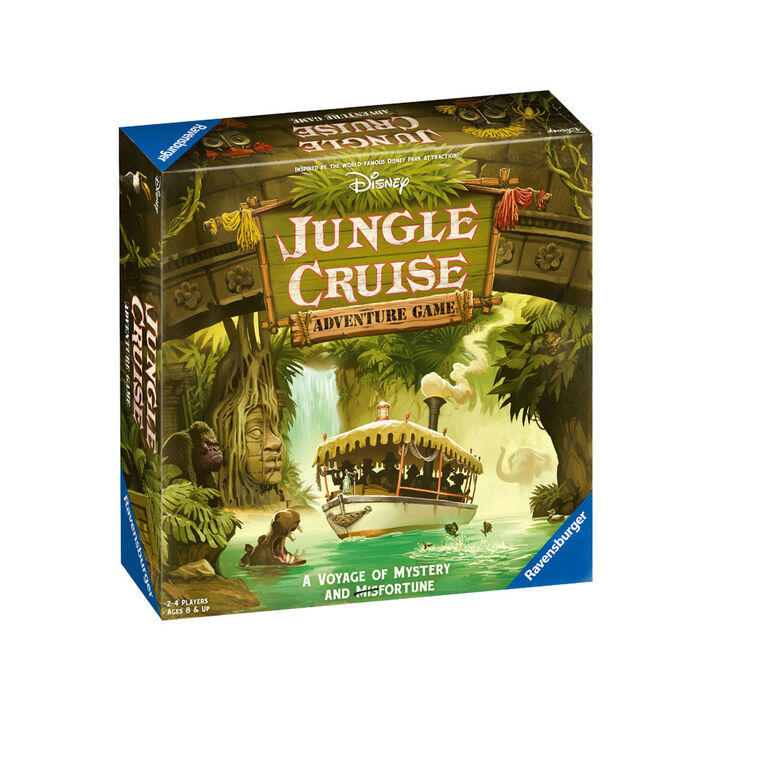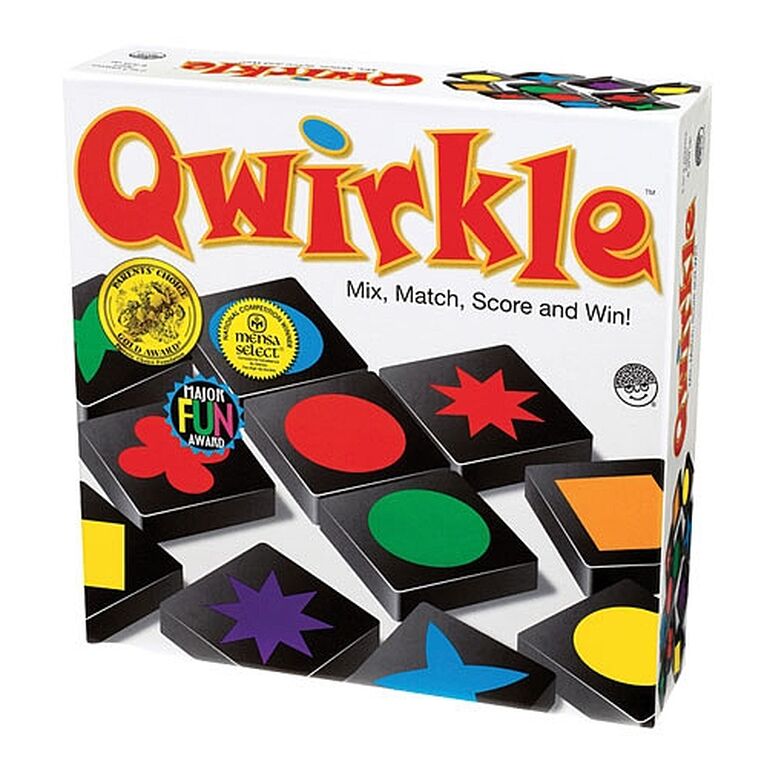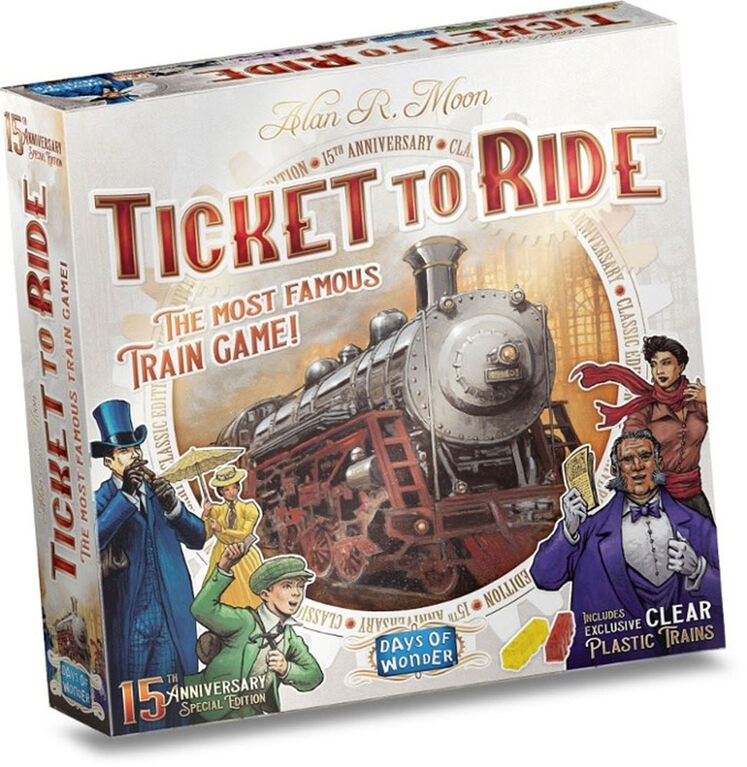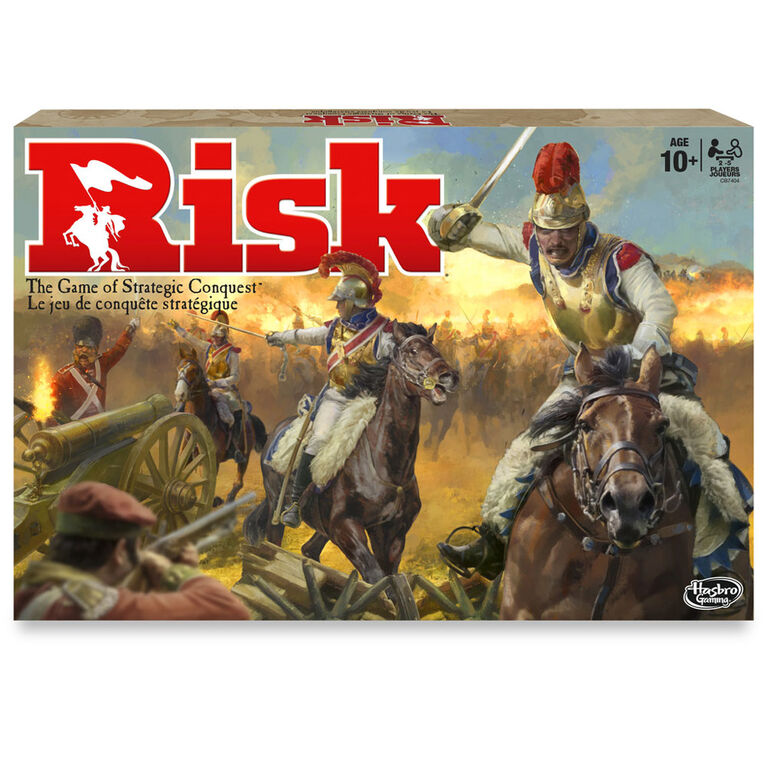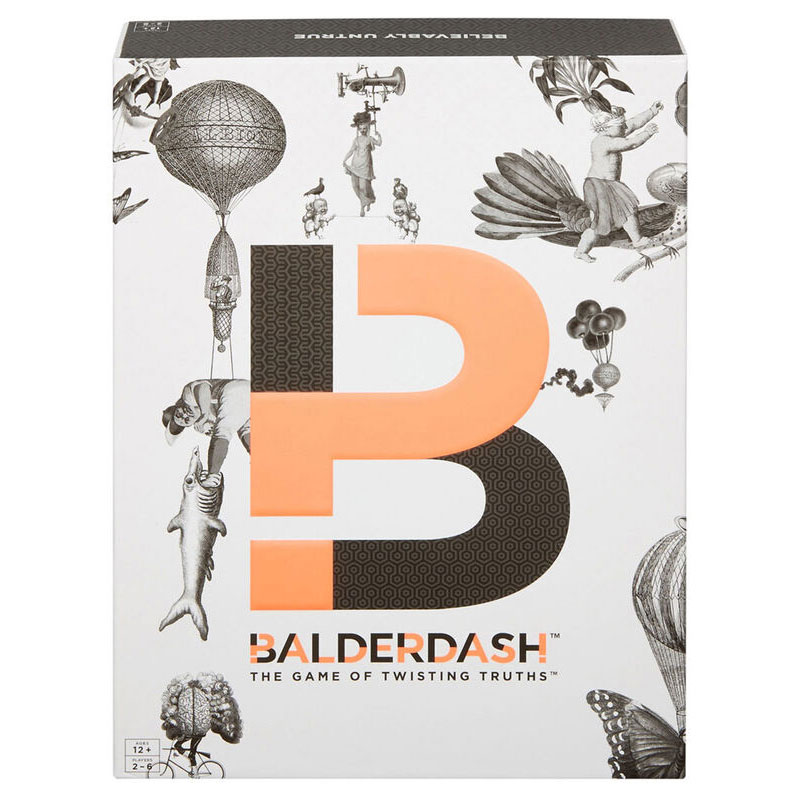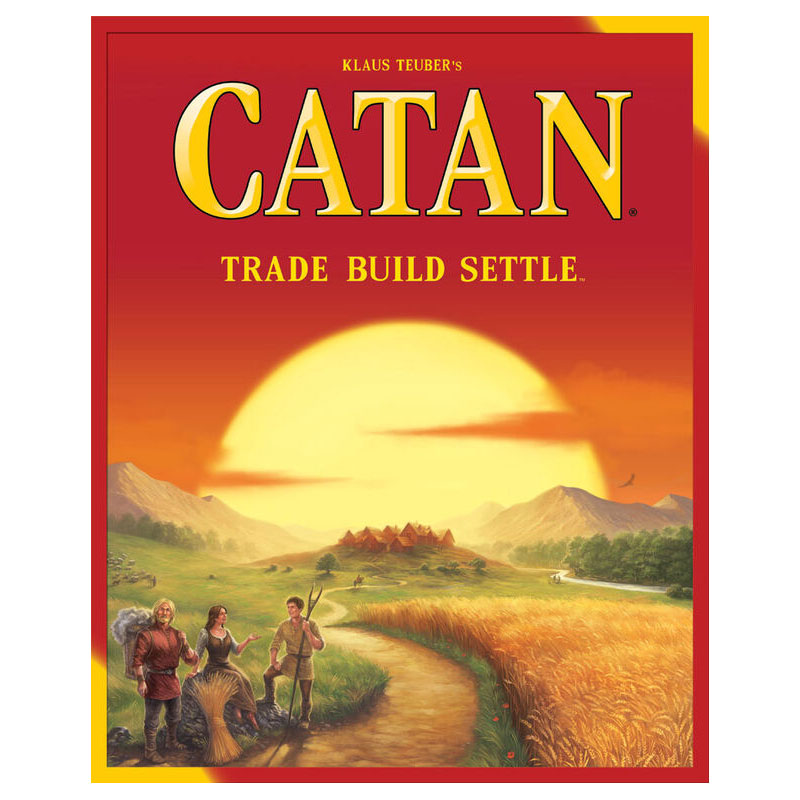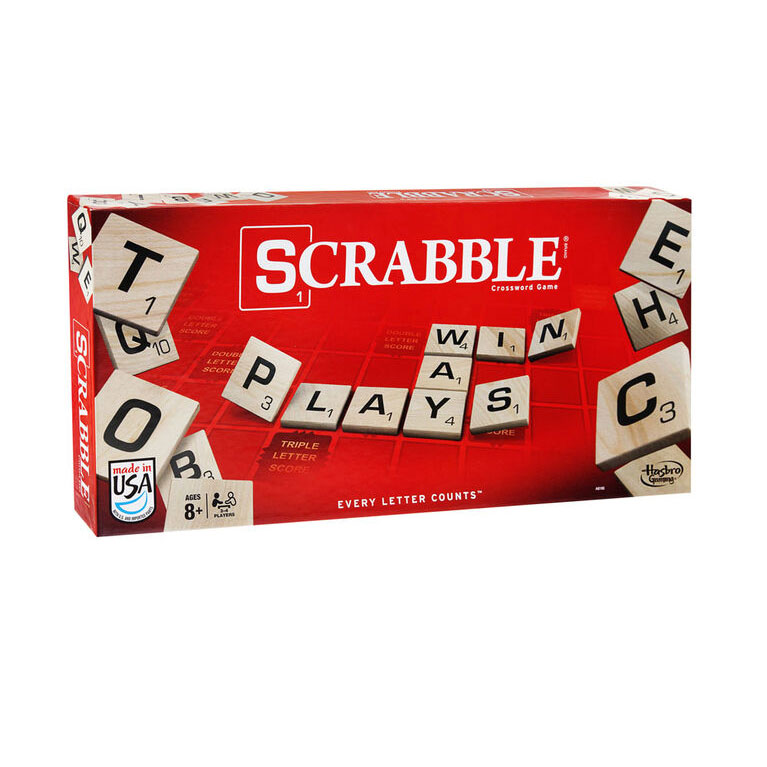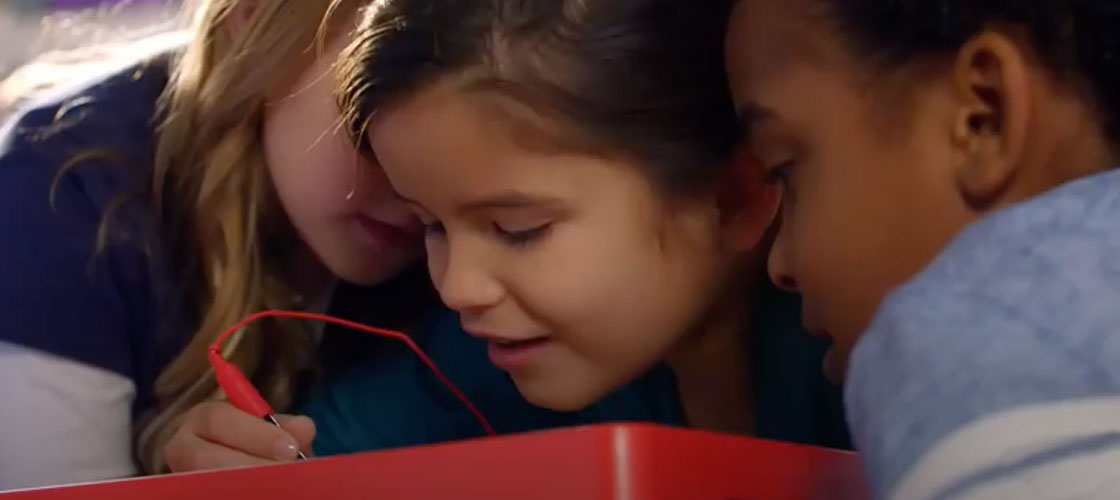
The “together” thing? We’ve all been doing that for months. Now it’s time to really reconnect: we’ve got tips and inspiration for activities and games you can learn and enjoy and share – as a family.
Back-to-basics ideas for playing together.
Game Time Decisions
Building a collection of family games is a genius move: sometimes you need a quick-hit diversion! Other times, you want to dive deep into an epic strategy game. Whatever the length of gameplay, your family will love that you’re committing time and attention to playing with them and having some fun – together.
Games to play in 15 minutes or lessWhen everyone’s between Zoom calls for a bit….
Games to play in 15–30 minutesCountdown to dinner and kids are squirrely….
Games to play in 30–60 minutesWhen it’s alllmost bedtime but not quite….
Games to play over more than 60 minutesWhen all of Sunday is stretched out ahead of you….
Tips for Family Game Night with kids
How to introduce a new game
Learning to play a game is exciting, especially when it’s brand-new to the whole family! Here are some strategies for making that new game fun for everyone.
For little kids and beginners
- Unpack the game together, starting with the board, if there is one. Point out each feature, read all the words – especially “start” or “finish” – and discuss out loud.
- Unpack the rest of the game pieces: dice, cards, spinners, player tokens, etc. You may have to explain some pieces and their functions in the game
- With very young kids, try rolling the dice or flicking the spinner and moving around the board before you begin gameplay. Just roll, count and move until kids have the hang of it.
- Read the instructions together to make sure the objective is clear. Go slowly: remind everyone that you’re all learning together and reinforce positive, sporting behaviour.
For players of all ages
- If you’re the game leader, consider reading through the rules to get a handle on the game ahead of time. You’ll be better able to explain gameplay, answer questions, resolve disagreements, and keep everyone engaged.
- Make sure everyone understands the objective of the game and how to win. Try having younger kids explain this part back to you so everyone is on the same page.
- Know your audience: many players have a short attention span for an exhaustive explanation of rules and instructions. Be prepared to just give an overview of the game, start playing, and roll with it!
- Keep it simple: you can explain many rules and special features during actual gameplay, as they come up.
Help everyone have a good time – win or lose!
- Choose games appropriate for the youngest player: that way, everyone can win some rounds fairly and feel good about it.
- When there is a wide age range of players, try cooperative games where players work together towards a common goal.
- Make things fairer and more enjoyable for different ages and skills by creating teams that include a mix of older and younger players.
- Make allowances for younger players where it makes sense: a head-start, or do-over of a spin gone wrong, for example. (Remind older players how it felt to be a newbie!)
- Establish house rules: tweak the game in ways that make it fair and fun for the most people. (But remember that these rules won’t apply outside your own home!)
- Know when to take a break. No rule says you have to finish the game in one sitting – or at all! Press pause and come back to it later; or pack it in and try something new.
- Establish a positive, post-game ritual: a fist bump or “Good game” regardless of the outcome. Model and reinforce good behaviour in both winning and losing.
